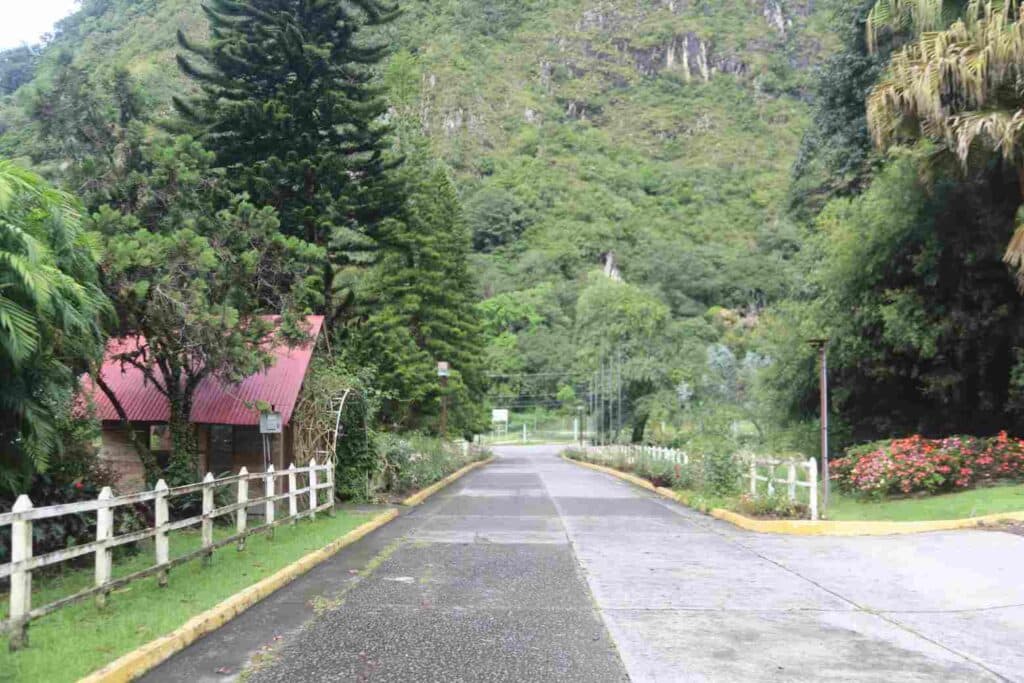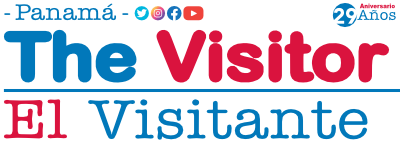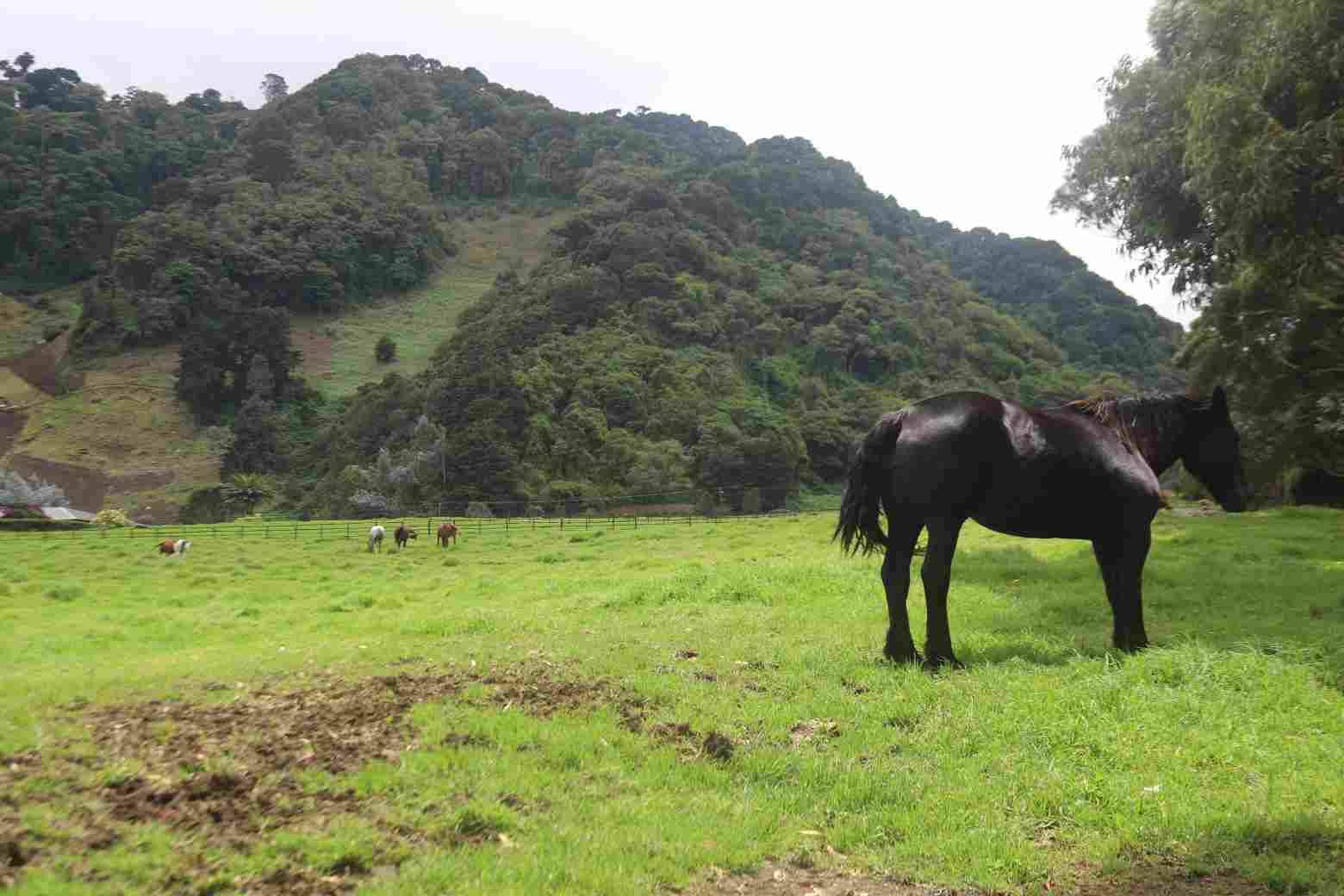At the beginning of 2020 specifically during Carnival holidays, the visit of more than four thousand national and foreign tourists who chose to do ecotourism in four protected areas of Chiriquí Province was confirmed, 2,309 more tourists than last year. According to the report of the Ministry of the Environment (MiAmbiente), Chiriqui headquarters.
This boom is due to the great international demand for green tourism focused on ecotourism, agrotourism and related activities such as hiking, extreme sports, sighting of exotic species, river and waterfall tours, circuits to visit farms and the coffee zone among others.
The Highlands of Chiriquí is one of eight areas of national tourist importance, thanks to the fact that it has been attracting more attention from. This is the result of this sector working hard to attract greater attention from foreigners, scientists, young globetrotters and experienced travelers who seek to explore places of great natural beauty few have explore to show on their social networks.
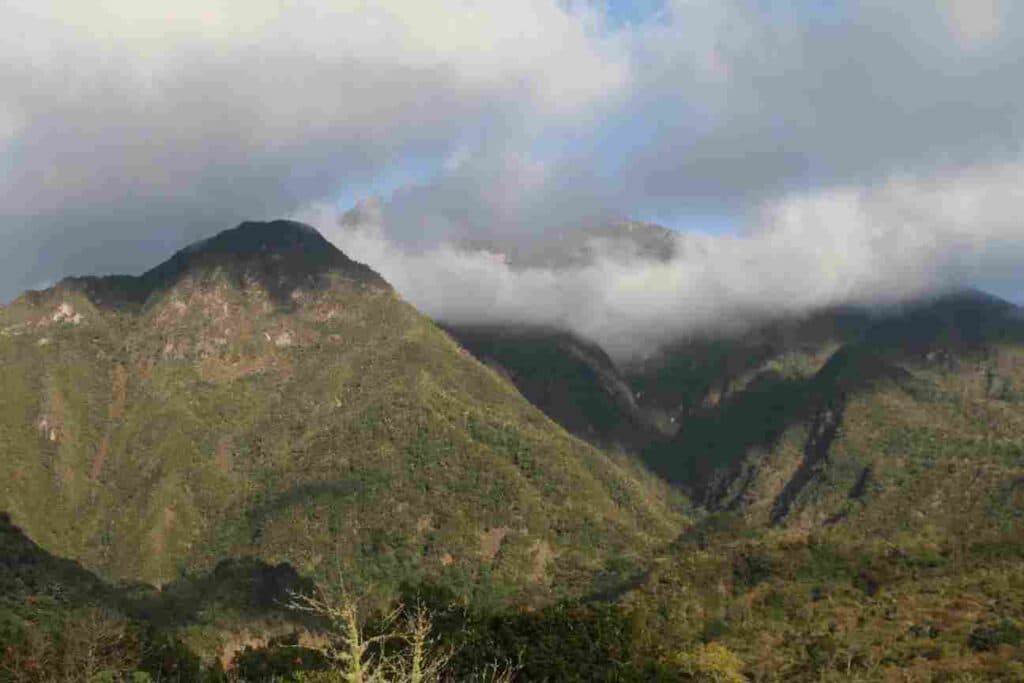
Natural Attractions:
Highlands has rich natural attractions which are: Baru Volcano National Park, La Amistad International Park, Volcano Thermal Pools, Barriles Archaeological Site, Lagunas de Volcan Wetland, Chiriquí Viejo River, Trouts of Bambito and Macho de Monte Canyon in Cuesta de Stone.
Cerro Punta
In the highlands area, it is the most productive area in the country where 90% of the vegetables consumed throughout the national territory are produced.
From an agro-tourist landscape, this village is well known in the cultivation of strawberries, in recent years has also ventured into the production of grapes. It has orchid greenhouses, a cactus collection and a thoroughbred horse breeding farm.
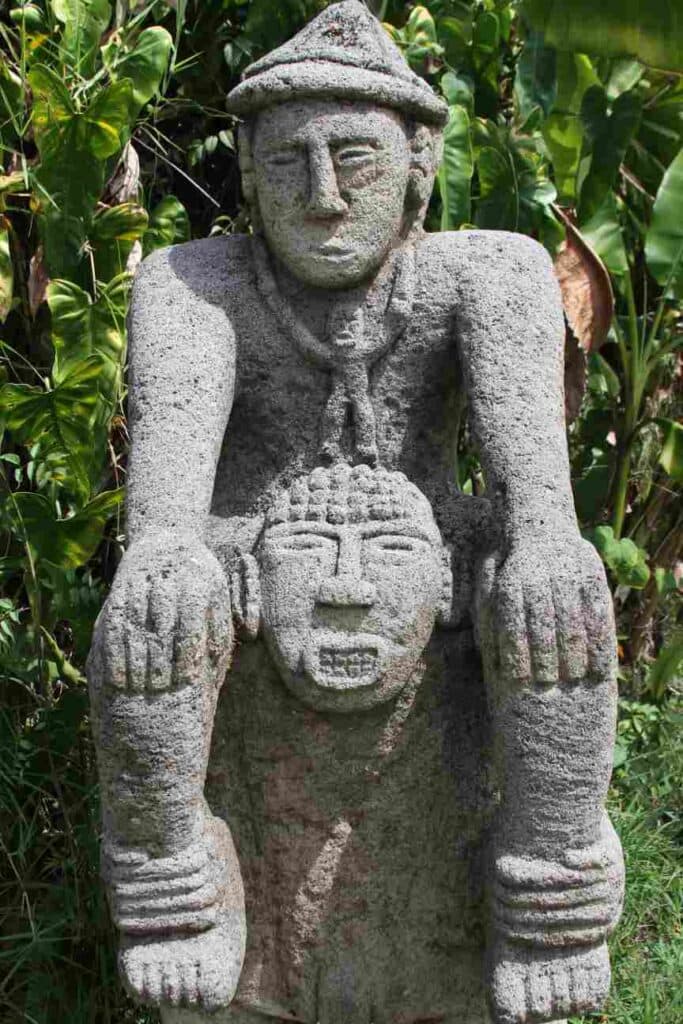
Baru Volcano National Park
The summit of this volcano is the highest point in Panama (3,478 m). In the 14,300 hectares you can find tropical and rainy mountain forests. Hiking to the top of the Baru Volcano is a trip that can take a whole day, so camping is recommended. You can also purchase packages where you can reach the peak in half an hour on 4 x 4 transport, or choose other shorter alternative routes such as Punta Escondida or Las Flores.
Other areas to camp on the way are: Las Brujas Forest or closer to the top at El Crater ( the crater), where you can stop and rest to resume the trip the next day.
One of the most requested hikes is Los Quetzales trail (between Cerro Punta and Boquete – 18 km round trip). There, you can go trekking, birdwatching and camping. Its main attraction is the more than 300 pairs of quetzal birds that live in the park and can be seen nesting.
Both La Amistad International Park (PILA) and Baru Volcano National Park house 60% of all the birds in Panama, making it a benchmark worldwide site for the sighting of exotic and migratory birds in the American continent.
Traditional Delights
Highlands has the privilege of having the freshest ingredients, restaurants and cafes offer delicious meals, some typical dishes of the area are:
Mono: Traditional lunch of the Chiricano worker who works on the fields. It includes rice with beans, beef, jerky, chorizo or chicken and as a side, fried slices of ripe plantain.
Patacones (fry plantain) with shrimp: Golden and round, with a pinch of salt and based on green banana. It can be found in any restaurant.
Bienmesabe: Traditional dessert that has three main ingredients: wheat or rice flour, scrap and milk.
Tamales: In this region, what makes it different from the others is that it is prepared with new corn.
Almojabanas: Typical sweet of some Latin American countries. In Panama they are made with fresh cooked and ground corn or corn flour, to which white cheese is added, slightly sour, and fried.
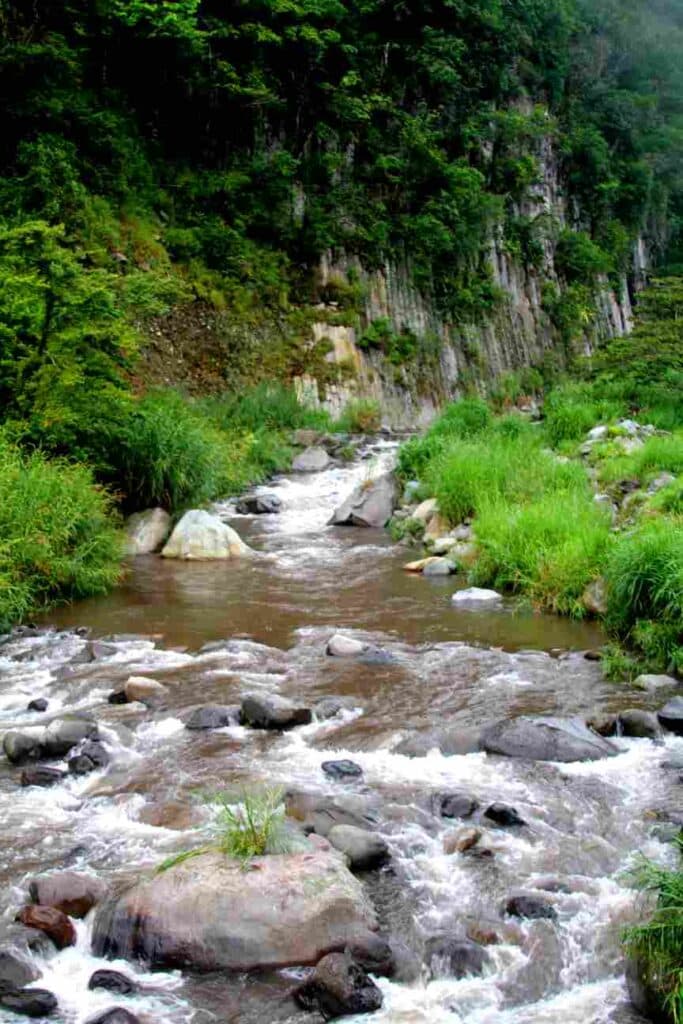
Festivities
Flowers Parade:
Since 2015, in September, the famous Flowers Parade has been celebrated. It has the participation of 20 floats adorned with about 50 thousand natural flowers and a mixture of fruits, legumes and grains that are produced in the region.
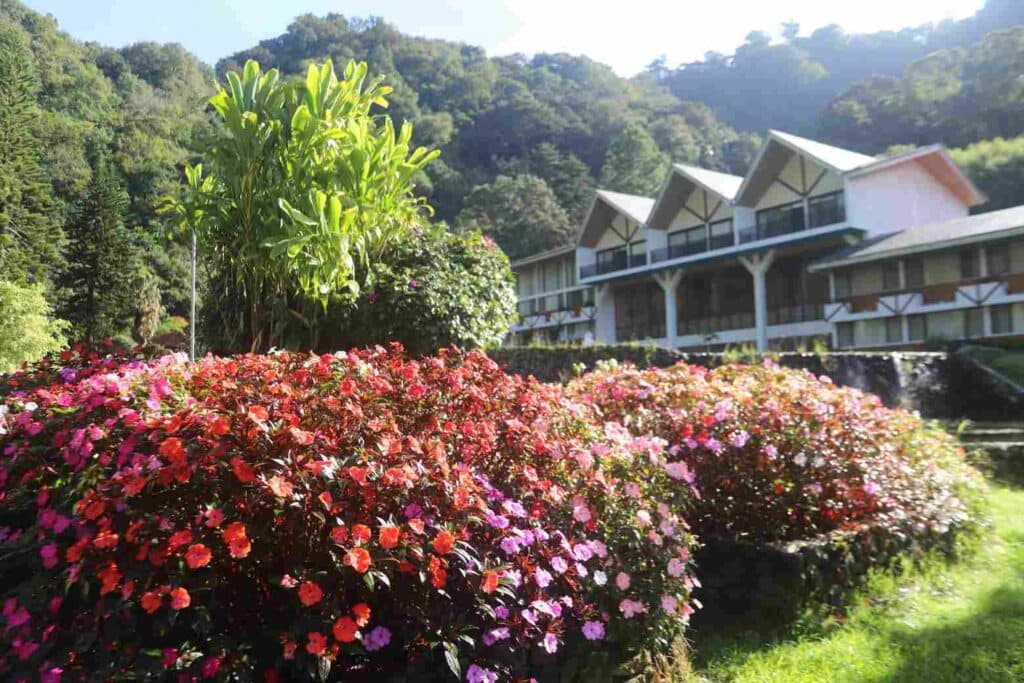
La Basquiña Chiricana Parade:
Parade of typical costumes for men and women from Chiriqui. Being the Basquiña Chiricana the one for women and where por the gentleman wears a rejo and pita cháchara (side bag made of straw), a handkerchief to dry the sweat and a flashlight.
